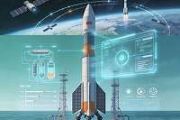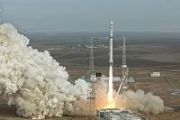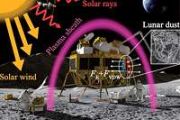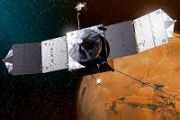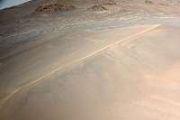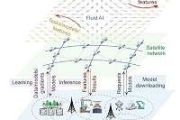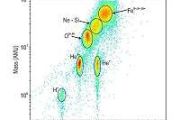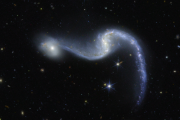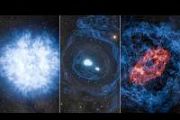
Copernical Team
NASA's LRO finds Lunar pits harbor comfortable temperatures
 NASA-funded scientists have discovered shaded locations within pits on the Moon that always hover around a comfortable 63 F (about 17 C) using data from NASA's Lunar Reconnaissance Orbiter (LRO) spacecraft and computer modeling.
The pits, and caves to which they may lead, would make thermally stable sites for lunar exploration compared to areas at the Moon's surface, which heat up to 260 F
NASA-funded scientists have discovered shaded locations within pits on the Moon that always hover around a comfortable 63 F (about 17 C) using data from NASA's Lunar Reconnaissance Orbiter (LRO) spacecraft and computer modeling.
The pits, and caves to which they may lead, would make thermally stable sites for lunar exploration compared to areas at the Moon's surface, which heat up to 260 F NASA aims to return Mars samples to Earth in 2033
 NASA has finished the system requirements review for its Mars Sample Return Program, which is nearing completion of the conceptual design phase. During this phase, the program team evaluated and refined the architecture to return the scientifically selected samples, which are currently in the collection process by NASA's Perseverance rover in the Red Planet's Jezero Crater.
The architectur
NASA has finished the system requirements review for its Mars Sample Return Program, which is nearing completion of the conceptual design phase. During this phase, the program team evaluated and refined the architecture to return the scientifically selected samples, which are currently in the collection process by NASA's Perseverance rover in the Red Planet's Jezero Crater.
The architectur Readying spacecraft to surf Venus' atmosphere
 ESA's EnVision mission to Venus will perform optical, spectral and radar mapping of Earth's sister planet. But before getting down to work the van-sized spacecraft needs to 'aerobrake' - lowering its orbit with thousands of passages through the planet's hot, thick atmosphere for up to two years. A unique ESA facility is currently testing candidate spacecraft materials to check they can safely wi
ESA's EnVision mission to Venus will perform optical, spectral and radar mapping of Earth's sister planet. But before getting down to work the van-sized spacecraft needs to 'aerobrake' - lowering its orbit with thousands of passages through the planet's hot, thick atmosphere for up to two years. A unique ESA facility is currently testing candidate spacecraft materials to check they can safely wi New Chinese rocket makes debut flight
 The ZK 1A, a new model of carrier rocket, conducted its debut flight at noon on Wednesday at the Jiuquan Satellite Launch Center in northwestern China, becoming the country's largest and most powerful solid-propellant rocket.
Designed and built by CAS Space, a Beijing-based rocket company owned by the Chinese Academy of Sciences, the rocket blasted off at 12:12 pm and soon placed six satel
The ZK 1A, a new model of carrier rocket, conducted its debut flight at noon on Wednesday at the Jiuquan Satellite Launch Center in northwestern China, becoming the country's largest and most powerful solid-propellant rocket.
Designed and built by CAS Space, a Beijing-based rocket company owned by the Chinese Academy of Sciences, the rocket blasted off at 12:12 pm and soon placed six satel Readying spacecraft to surf Venus’ atmosphere
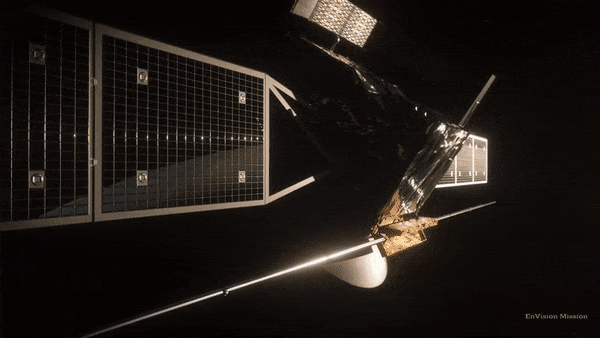
ESA’s EnVision mission to Venus will perform optical, spectral and radar mapping of Earth’s sister planet. But before getting down to work the van-sized spacecraft needs to ‘aerobrake’ – lowering its orbit with thousands of passages through the planet’s hot, thick atmosphere for up to two years. A unique ESA facility is currently testing candidate spacecraft materials to check they can safely withstand this challenging process of atmospheric surfing.
China spacecraft returns amid booster rocket concerns
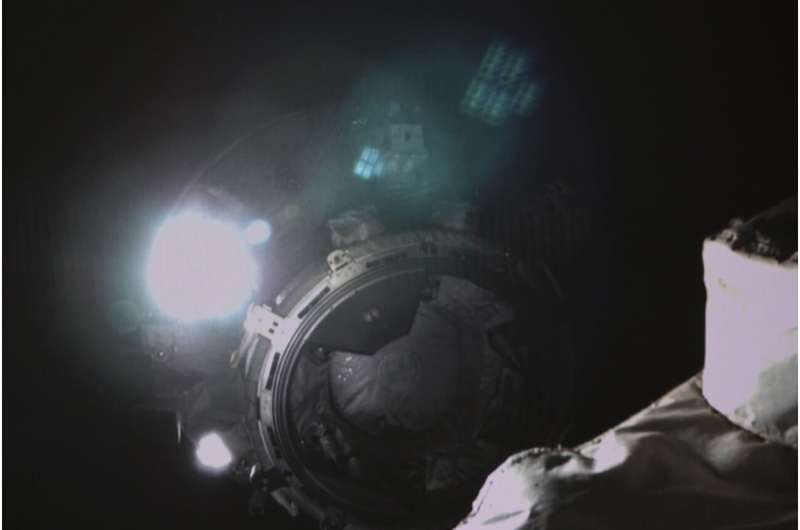
A spacewalk full of firsts
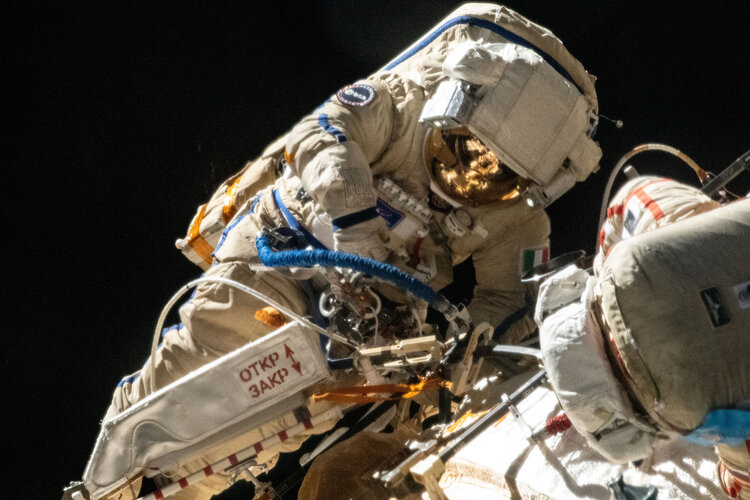 Image:
A spacewalk full of firsts
Image:
A spacewalk full of firsts Buzz Aldrin flight-to-moon jacket sells at auction for $2.8M
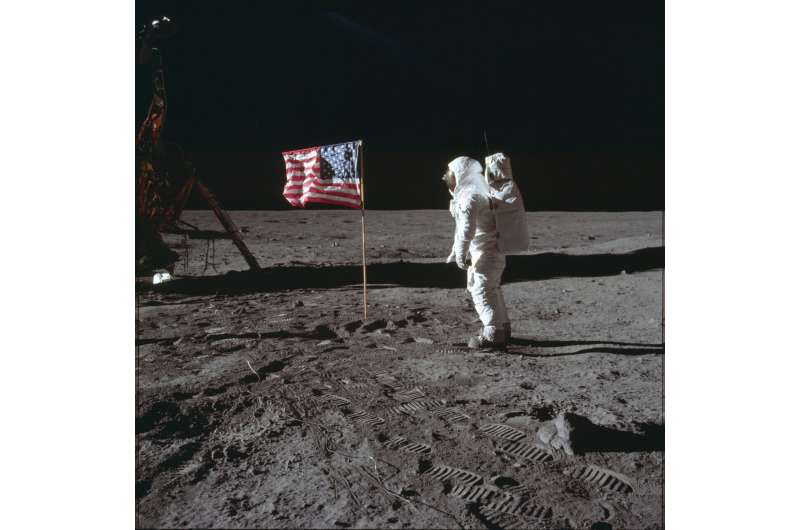
Small geostationary satellite named HummingSat passes milestone review
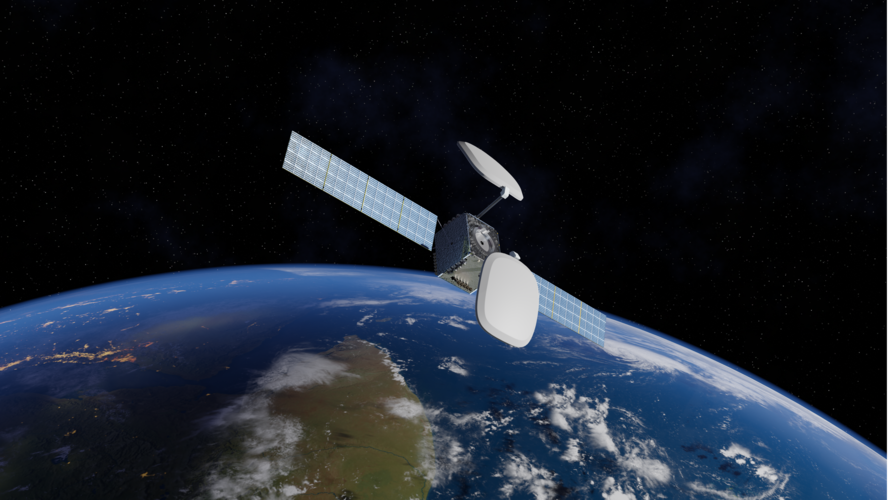
An innovative small-sized satellite product line for geostationary telecommunications has passed its ESA system requirements review and received its official name of “HummingSat”.
Eutelsat and OneWeb to Combine: Company Statement
 Eutelsat Communications (Euronext Paris: ETL) and key OneWeb shareholders have signed a Memorandum of Understanding with the objective of creating a leading global player in Connectivity through the combination of both companies in an all-share transaction. Eutelsat will combine its 36-strong fleet of GEO satellites with OneWeb's constellation of 648 Low Earth Orbit satellites, of which 428 are
Eutelsat Communications (Euronext Paris: ETL) and key OneWeb shareholders have signed a Memorandum of Understanding with the objective of creating a leading global player in Connectivity through the combination of both companies in an all-share transaction. Eutelsat will combine its 36-strong fleet of GEO satellites with OneWeb's constellation of 648 Low Earth Orbit satellites, of which 428 are 


